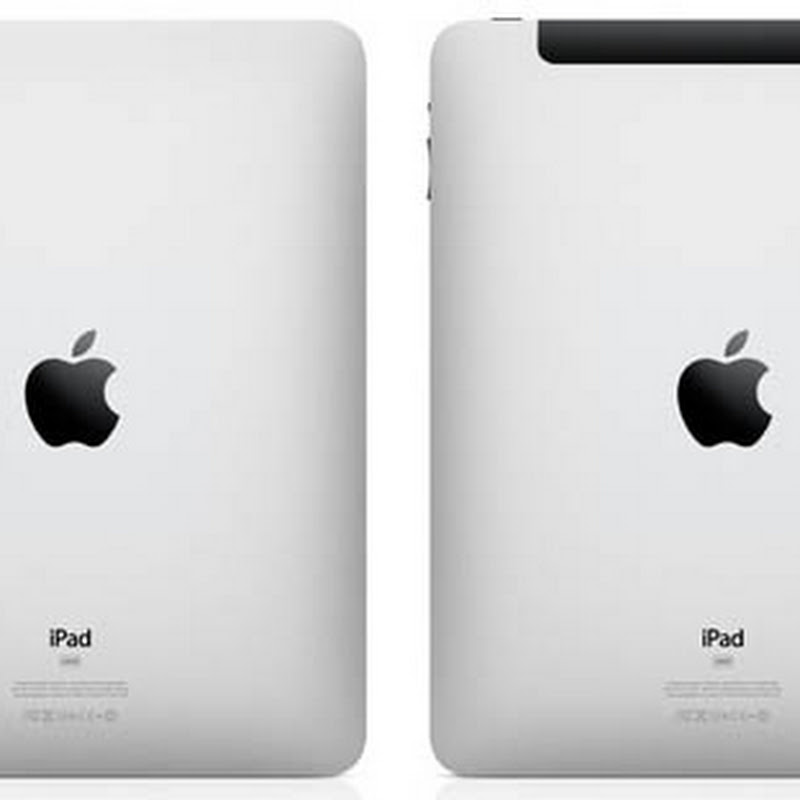A company called MarketImpact has announced the pending launch of some new apps that are designed to help people in an unfamiliar city discover things to do. The apps fall into the QuickClick Locale Series and there are bunches of different apps in the series that are designed specifically for one sort of task. For instance, there will be different apps for eating and for night clubs.
The apps will have versions that focus on Nightlife, Restaurants, fast food, casinos, coffee, desserts, gas stations, parking, and ATMs. The reason for apps with specific uses is to allow the user to get all the details they need on only one screen rather than having to click to different screens.
Any extra detail needed like food type or bank name will be able to be typed directly on the one screen. It’s not clear, if the apps will be offered for specific major cities or if the app will cover any city. The apps are up on the Android Market right now.
[via SFGate]
The apps will have versions that focus on Nightlife, Restaurants, fast food, casinos, coffee, desserts, gas stations, parking, and ATMs. The reason for apps with specific uses is to allow the user to get all the details they need on only one screen rather than having to click to different screens.
Any extra detail needed like food type or bank name will be able to be typed directly on the one screen. It’s not clear, if the apps will be offered for specific major cities or if the app will cover any city. The apps are up on the Android Market right now.
[via SFGate]
Related articles
- Sonalight Text By Voice - Completely Hands-free Texting While You Drive (goandroid.co.in)
- Namco brings Puzzle Quest 2 to Android (goandroid.co.in)
- Google TV apps already showing up in the Android Market (goandroid.co.in)
- Fandango Movies for Tablets app available now (goandroid.co.in)
- Widget Locker update brings ICS to your phone and tablet lockscreen (goandroid.co.in)
- Lookout Mobile Security Heads to Tablets (goandroid.co.in)







 9:41 PM
9:41 PM
 Simranpal SIngh
Simranpal SIngh















